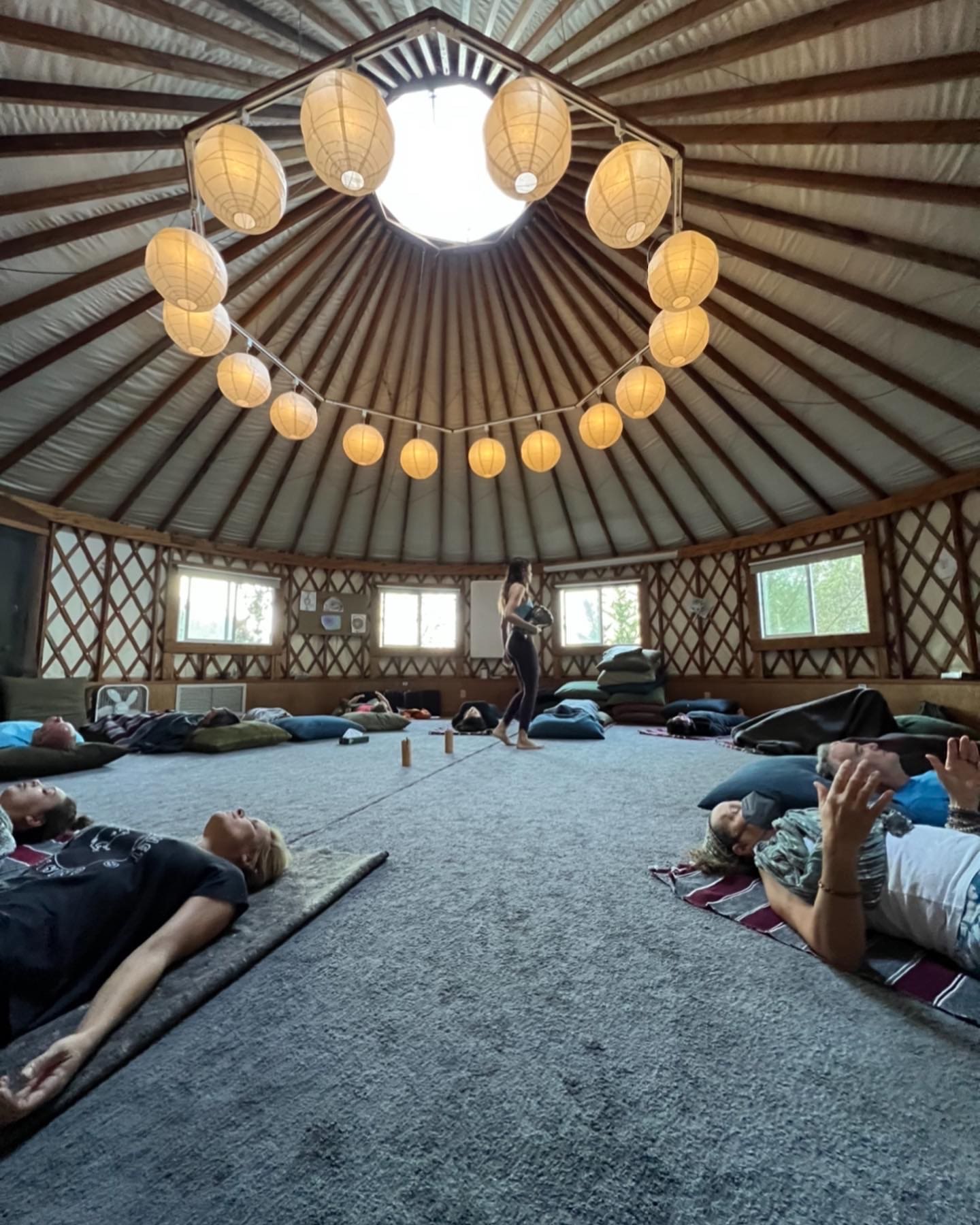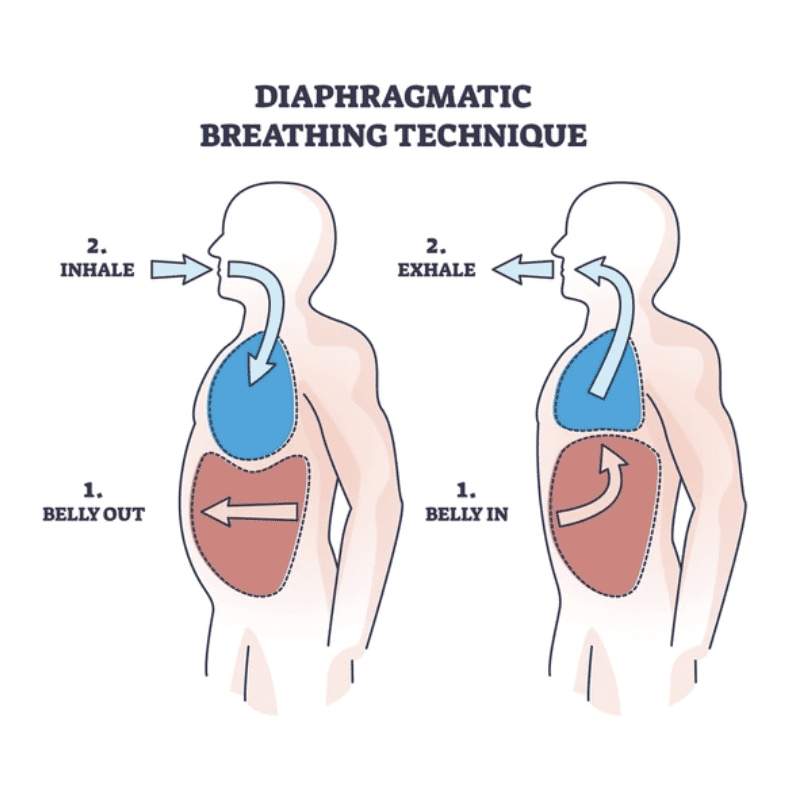The benefits of breathwork on the nervous system
A simple reminder on the benefits of becoming conscious of your breathing. Healing your nervous system with Breathwork. Scroll down for Techniques.
Breathwork and the Nervous System
Breathwork offers profound benefits for the nervous system, promoting relaxation and reducing stress.
In simple words, Better breath, Better life.
Now How do I improve my natural breathing and make it a superpower?
Breathwork helps cells get more oxygen, which is good for the brain. It can make you think better, sleep better, and feel happier overall. Anyone can use breathwork to feel better in both mind and body.
How can I start breathing better?
First things first.. A reminder on the nose and the importance of using it.
The nose produces a molecule, the Nitric oxide. It acts as a vasodilator, meaning it helps relax and widen blood vessels. But also proven to kill cancer cells.
And you know what? Good news, every time you breathe through your nose, you release the precious gas.
So the first action, Breathe through your nose, and eliminate mouth breathing as soon as you notice it?
What if my sinuses feel clogged when i breathe through my nose ? If you recognize yourself here news is you haven’t use your nose and your respiratory system correctly. Look at the exercices below.
This has several benefits for the body, including: improved blood flow and oxygen delivery. Essentially, it plays a crucial role in maintaining cardiovascular health and supporting overall well-being.
Additionally, nitric oxide is involved in neurotransmission, playing a role in communication between nerve cells in the brain. It contributes to cognitive function and may have implications for conditions related to the nervous system.
And last but not least, it helps fighting rebellious cells. Every time you breathe through your nose. It contributes to the body’s natural defense to recognize and eliminate cancer cells.
If you’re interested on learning about the breath and the effects of oxygen on the body, The Oxygen Advantage by Patrick McKeown is a brilliant and easy read.
It starts with breathing with the nose. If you’ve been a mouth breather for a long time, don’t worry you can learn to.
Easy tip : Every time you catch yourself breathing through the mouth, switch to slow nasal breathing, relax and free your belly to use more of your lung capacity.
You tried breathing through the nose and it hurts : in that case, it means your sinus channels got narrower because of underuse.
Are you a reactive person? Do you have the choice of your reactions? Why breath is key ?
The difference between a reactive and non-reactive person is the number of breaths that they take per minute.
It may sound funny but do the test at home.
How are you breathing right now ? Is your breath deep or shallow ? Are you breathing through the nose or the mouth ?
When you’re breath is calm, start a stopwatch and count the breaths you take naturally in a minute.
Below 10, you’re good to go. You are probably measured when it comes to reacting to situations
Above 10, when a situation comes, you have much more chances reacting simply because of a physiological reaction.
Interesting fact : In the western medical system, you are considered healthy below 15 breaths per minute, above 20 and here is Asthma. The reason is, most people forgot how to breathe properly and most of people considered healthy are about 15 breaths. But what if I told you, from a breath expert perspective that you can improve your health, productivity, happiness just by slowing down your breath in daily life.
Try integrating breathwork exercises into your daily life to experience these positive effects on your nervous system.

Isabelle sharing an Elemental Rhythm Breathwork at the Esalen Institute in Big Sur, California
Breathwork and the nervous system
Breathwork techniques help regulate the autonomic nervous system, balancing the sympathetic (fight-or-flight) and parasympathetic (rest-and-digest) branches.
The first benefit ? A sense of calm and mental clarity.
Moreover, breathwork enhances oxygenation of the cells, improving blood flow and nutrient delivery to the brain, which can boost cognitive function. , improved sleep, and increased overall well-being.
The simplicity and accessibility of breathwork make it a valuable tool for anyone seeking to enhance their mental and physical health.
Controlled breathing acts on the cortisol level in the body. Cortisol, often referred to as the “stress hormone,” plays a crucial role in the body’s response to stress, influencing :
- metabolism
- immune function
- the regulation of blood pressure.
Oxygenate your cells up to 10 times with this simple exercice
The Humming Bee sound also known as Brahmari breath. It brings up to 10 times more oxygen to the cells and has traditionnaly known healing properties.
1. Exhale and shake it off, your hands and shoulders
2. Inhale through the nose into your belly and pause for a few seconds.
3.Make a humming sound, mmmmh. Make sure your nose, palate and skull is vibrating.
4. Allow your breath to return to natural breathing and notice the direct effect on your breath.
5. Repeat one to four more times or as it feels good.
Here is a video of the Brahmari Breath Pranayama also known as Humming Bee Breath

What are the Elemental Rhythm Sessions offered at Shambhala Costa Rica ?
Based on the sounds and the elements : earth, water, fire and air. Elemental Rhythm is a breathwork practice that allows one to receive an insight or have a breakthrough experience. As you breathe, it’s possible you start seeing colors, releasing emotions and pains. Moreover, the Guided Meditation that follows the breathing exercices helps create new pathways towards gratitude, forgiveness and loving kindness towards self.
Our Nervous System Reset retreat, Horse and Yoga retreat and Surf and Yoga retreat include 2 Elemental Rhythm Breathwork sessions.
More on Elemental Rhythm here.

The space that holds our breathworks, yoga classes and retreats in Ostional, Costa Rica. Located 15 minutes to Nosara.
Pranayama: The art of controlling the Breath
Yogis are familiar with the breath. One of the pillars of yoga is pranayama or control of the breath in sanskrit. Millenar practice with hundreds of breathing exercices and kryias.
Some youtube videos about fundamental pranayama techniques
Fire Breath : an energizing breath, great for digestion (to do with an empty stomach or long enough after a meal).
Fire Breath Pranayama, also known as Kapalabhati, is a breathing technique in yoga. Here’s a step-by-step guide to practicing it safely:
-
Find a Comfortable Seat: Sit in a comfortable position, either on the floor with crossed legs or on a chair with your feet flat on the ground. Make sure your spine is straight but not tense, and your shoulders are relaxed.
-
Take a Deep Breath In: Begin by taking a deep breath in through your nose. Feel your abdomen expand as you fill your lungs with air.
-
Exhale Quickly: Exhale forcefully and quickly through your nose by contracting your abdominal muscles. Imagine you are forcefully expelling the air out of your lungs. This exhalation should be short and sharp.
-
Passive Inhalation: After each forceful exhalation, allow your inhalation to happen naturally. Your abdomen will naturally expand again as your lungs fill with air.
-
Maintain Rhythm: Repeat this process rhythmically and continuously. Start slowly to get the hang of the technique, then gradually increase the speed. The emphasis should be on the forceful exhalation; the inhalation should be passive and natural.
-
Stay Relaxed: Keep your facial muscles relaxed throughout the practice. Avoid straining your neck or shoulders. The movement should come from the lower abdomen, not from your chest or shoulders.
-
Practice Duration: Begin with a few rounds of 10-15 breaths, gradually increasing the number of rounds and breaths as you become more comfortable with the technique. Stop if you feel dizzy or uncomfortable.
-
End with Relaxation: After you finish your rounds of Kapalabhati, take a few deep breaths in and out through your nose, allowing your breath to return to its natural rhythm. Take a moment to observe any changes in your body and mind.
-
Caution: Kapalabhati is not suitable for everyone. Avoid this practice if you are pregnant, have high blood pressure, hernia, heart disease, stroke, epilepsy, vertigo, or glaucoma. Always consult with a qualified yoga instructor or healthcare provider before attempting any new yoga practices, especially if you have any pre-existing medical conditions.
Remember, consistency and proper technique are key to reaping the benefits of Fire Breath Pranayama. Start slowly, listen to your body, and gradually increase the intensity as you become more experienced.
Ujjayi Pranayama or Ocean breath: a breath that instantly helps relaxing the throat and has a calming effect
- Sit comfortably with a straight spine.
- Inhale deeply through your nose.
- Exhale slowly through your nose, constricting the back of your throat to make a soft “ocean-like” sound.
- Keep the breath steady and controlled.
- Relax your facial muscles.
- Practice for a few minutes, gradually increasing the duration.
- Use Ujjayi breath in yoga or as a standalone relaxation technique.
10 minutes traditionnal Pranayama routine
Thank you for reading the article
Discover Shambhala Costa Rica
the Nervous System Reset, 7 days all inclusive by the ocean in Costa Rica. Breathwork and Yoga Retreat. Possible to combine it with Surfing, Wellness or Horse Riding



